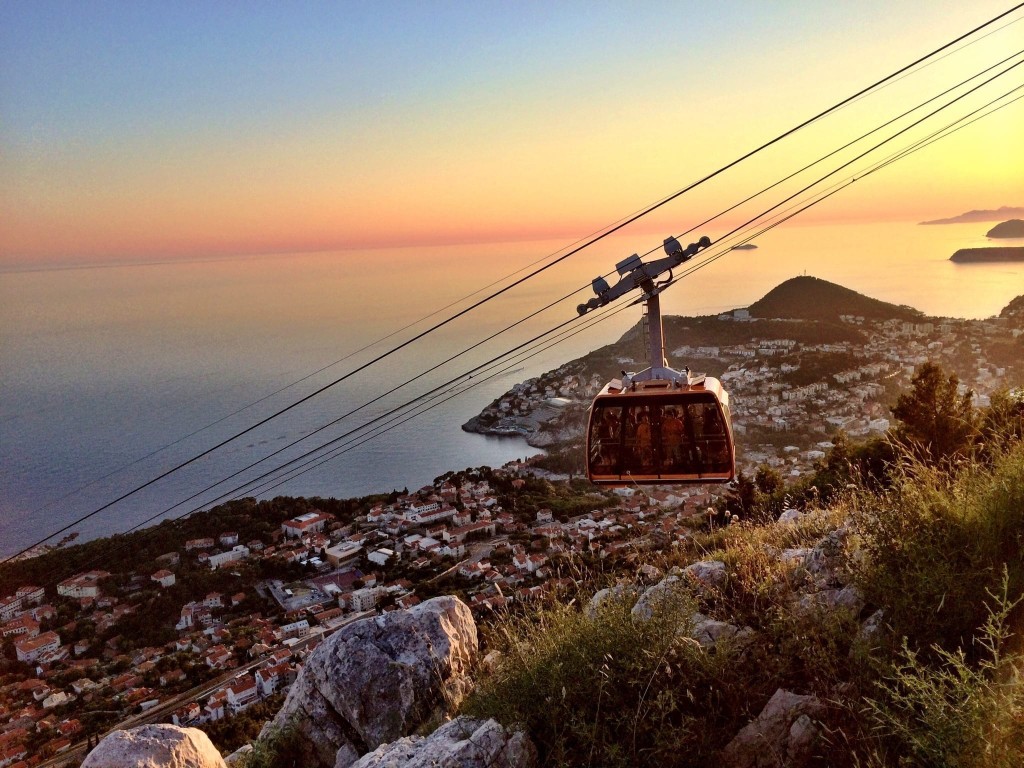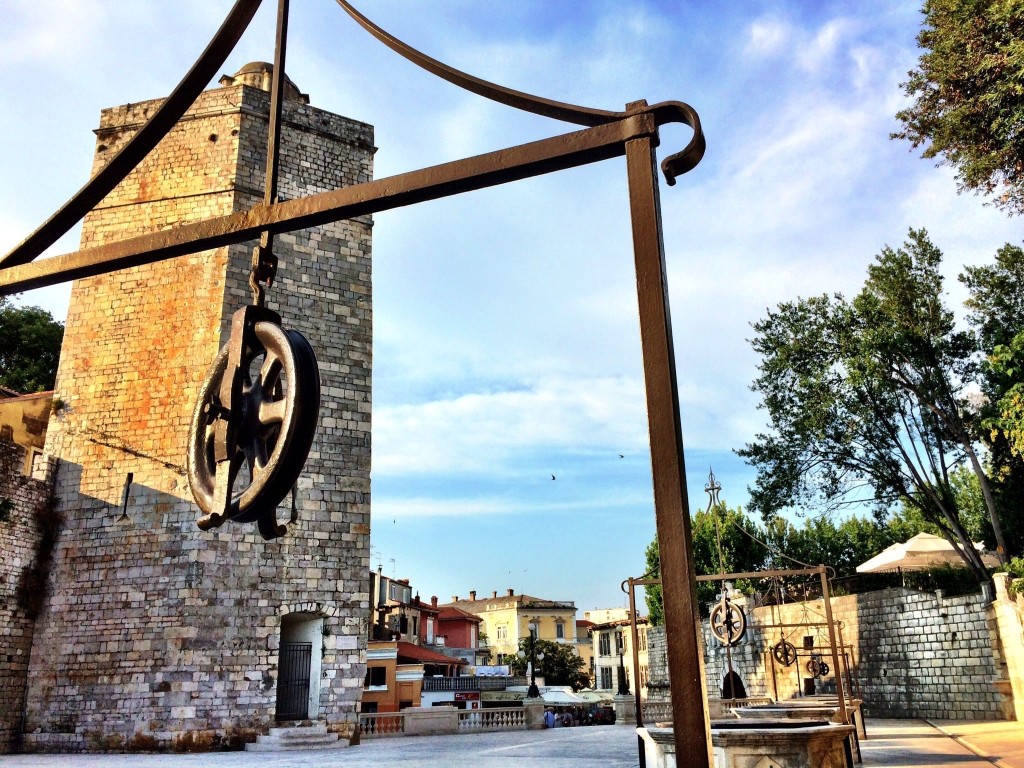
It’s easy to fall in love with a new country visited, at least it is for me. I love to explore and any opportunity to see something new and different is my own personal idea of heaven. That’s why it’s important to return to places I thought I loved not only to explore some more but to make sure it wasn’t a flash in the pan travel romance, but a relationship that can endure over time. That was a big reason why I was so excited to return to Croatia, a country that in 2013 I absolutely fell in love with right away, not just to see more of it, but to make sure it was as impressive as I first thought.
The first sign that something was different were all of the red and white checkered jerseys that seemed to comprise Zagreb’s official uniform for the day. It was the day of the second of three World Cup matches for Croatia and the city was on edge. No, not on edge, but there was without a doubt a buzz; and undercurrent of electricity that was hard to ignore. I’m not a sports fan but even I couldn’t ignore the power of that energy, the collective spirit of anticipatory angst that filled the air.
Later that evening thousands gathered in one of Zagreb’s central squares, a giant TV screen set up to make sure no one missed an attempt on goal. I was there too, not to watch the soccer game, but to watch the people watching the football game. There’s no better way to experience a city and to learn about its people quickly than by participating in a city-wide event. It can be a festival, national celebration or even a football game. But the feeling of being part of something larger, of belonging and sharing a common identity is intoxicating and that was the travel dragon I was chasing that evening. It wasn’t elusive though and I soon found myself caught up in the spirit of the night, slapping new friends on the back with each Croatian goal and walking away that night singing songs with a type of joy that has to be experienced to be understood. That was my reintroduction to Croatia and how I was determined to see it this time, through the people, the food and the experiences.

Starting in Zagreb going through Zadar, Šibenik, Split and finally Dubrovnik with plenty of stops along the way, we road tripped along Croatia’s highway system, getting lost in landscapes that ranged from pastoral mountains to coastal deserts. More important than what are arguably some of the most beautiful vistas in the world, I got to understand the country a little bit better. That’s an important distinction I think. It’s easy to visit a new place; just buy your tickets and leave. But it’s harder to understand a new culture and it’s something that takes a few attempts to start to master.
What did I learn this time in Croatia? The importance of food and wine that I noticed last year was driven home this year. Not only is food an incredibly important part of the various regional identities within Croatia, it’s better than I think anyone realizes. Prior to my first trip I frankly had low expectations for Croatia’s culinary scene, but that was borne of ignorance. Not only is the food richly diverse, undeniably delicious, it’s important. There are certain cultural traditions that we as outsiders just can’t understand unless we understand the role that food plays in them. It’s that crucial.
I also learned that like so many other countries, not enough attention is paid to the small towns and villages of Croatia. Yes, Zadar and Dubrovnik are without a doubt amazing. But so are tiny islands and ancient villages and while they may not necessarily grace the cover of travel magazines, that doesn’t meant they aren’t amazing places to visit. Years could be spent exploring these tiny nooks and crannies throughout the country.

The best difference between my trip there in 2014 and 2013 is how many more people I met. From chocolate makers in Zadar to expat wine shop owners in Dubrovnik, the people I met and spent time with this trip provided an incredible opportunity to learn more about Croatia from the inside out; to ask questions and feel like I’m starting the process of understanding this at times confusing but always engaging country.
A few days after that incredible celebration in the streets of Zagreb the national team played their final game of the Cup. I was in Dubrovnik and the same red and white checkered uniforms were out, the town ready to celebrate another victory. That victory never happened, but the streets weren’t filled with brawlers or rioters. Folks weren’t happy, but it wasn’t the end of the world and like most occasions when more than two Croatians gather, food and drink flowed and the evening resumed its midsummer night’s revelry. That’s Croatia to me, a country and culture that has so much pride in where it has been and where it’s going, but taking it all in a good natured spirit that isn’t too serious or over the top. That’s the spirit of the country that makes visiting so much fun for outsiders, for tourists and I know it’s why I’ll be returning many more times over the coming years.
This campaign was created and sponsored by Croatian National Tourist Board in partnership with iambassador. LandLopers retains all editorial control of what is published and as you know, I never shy away from honest commentary.
